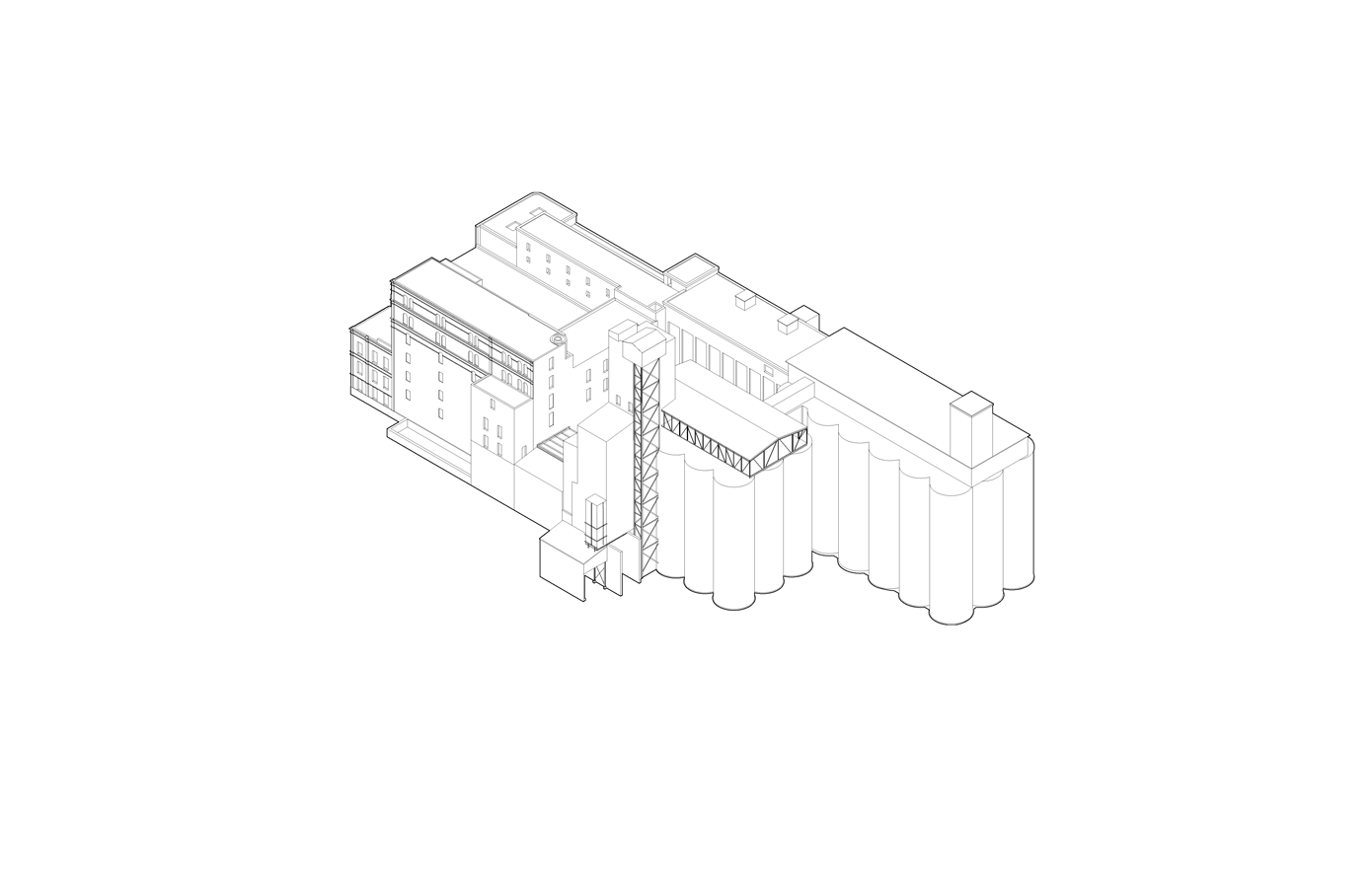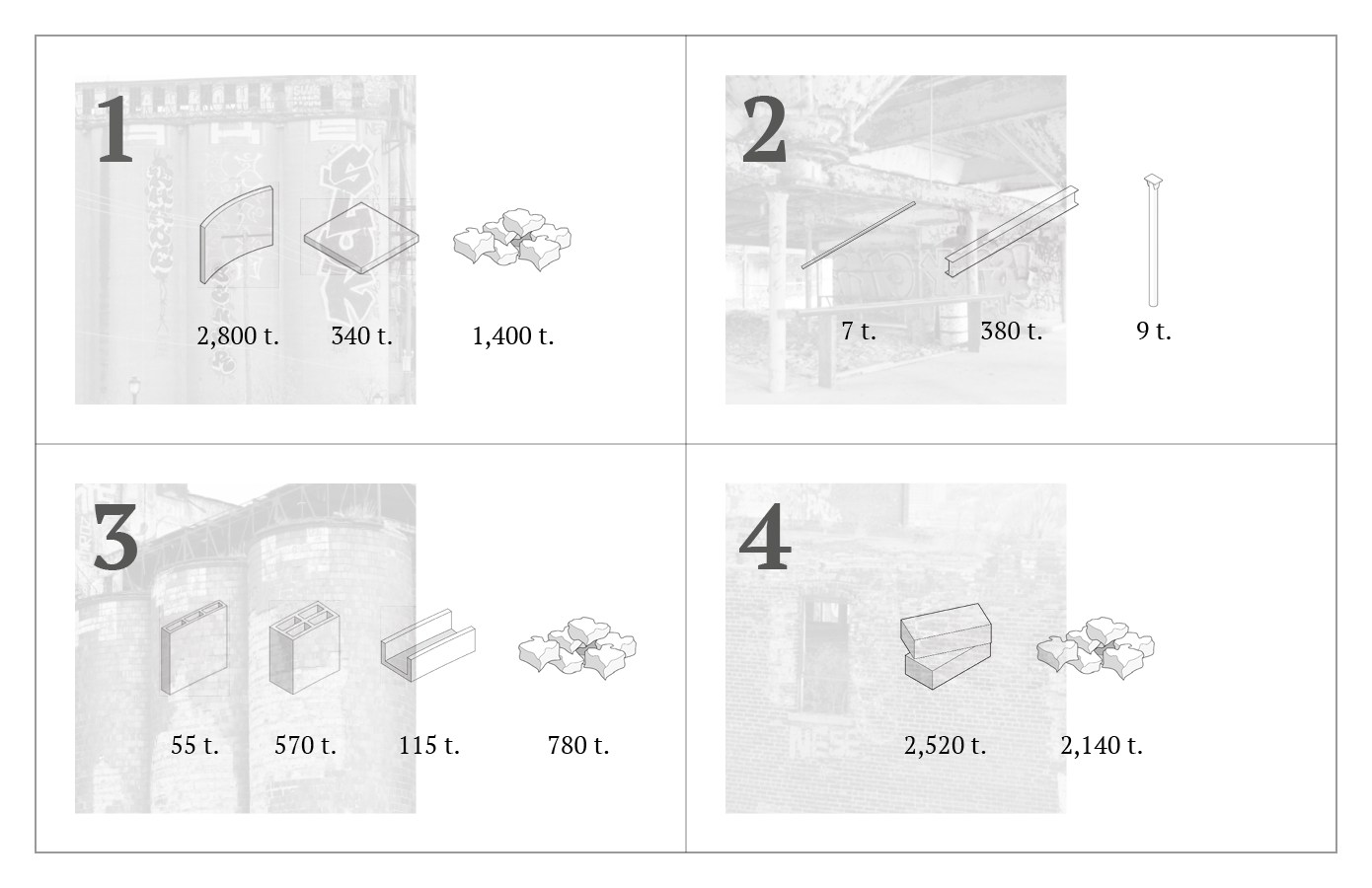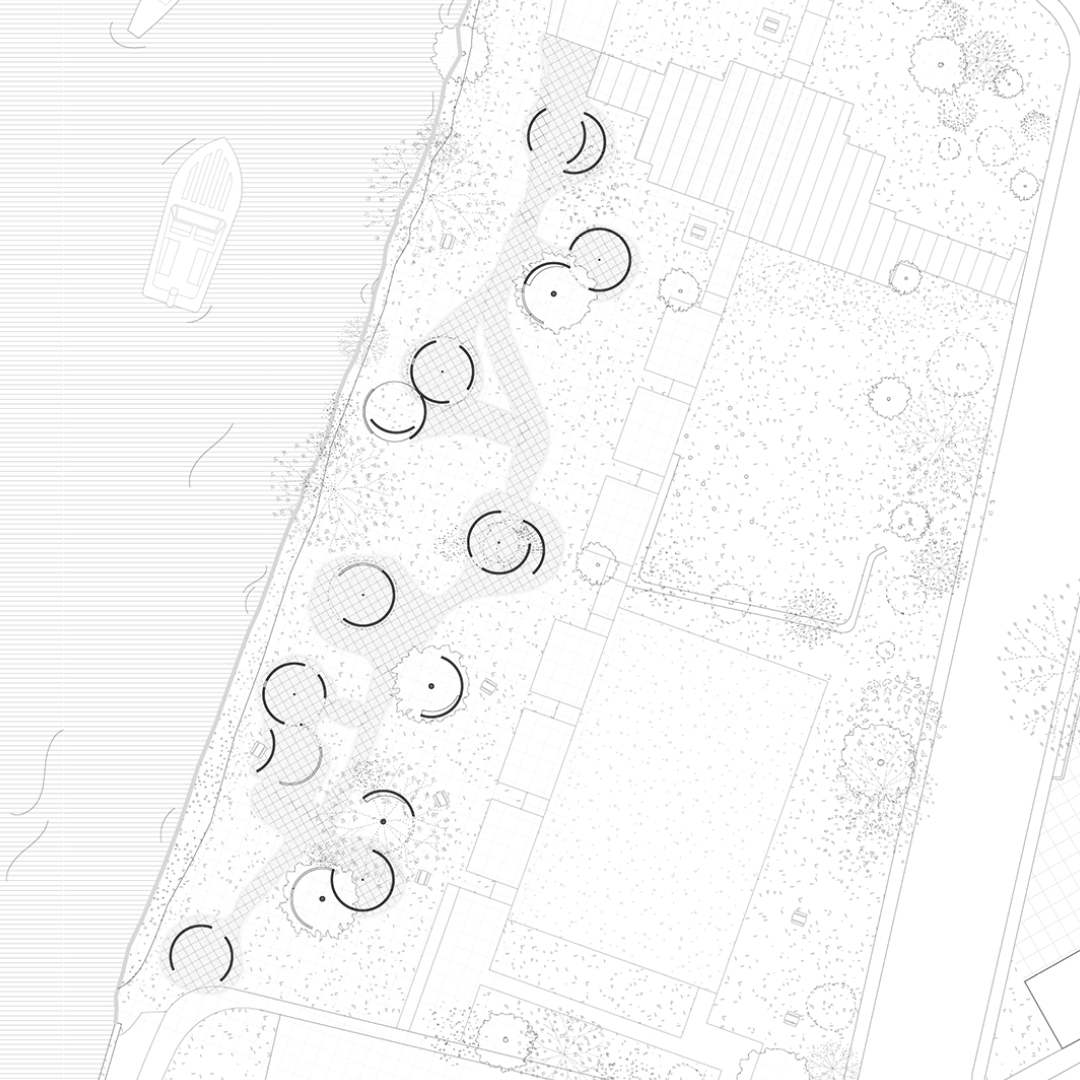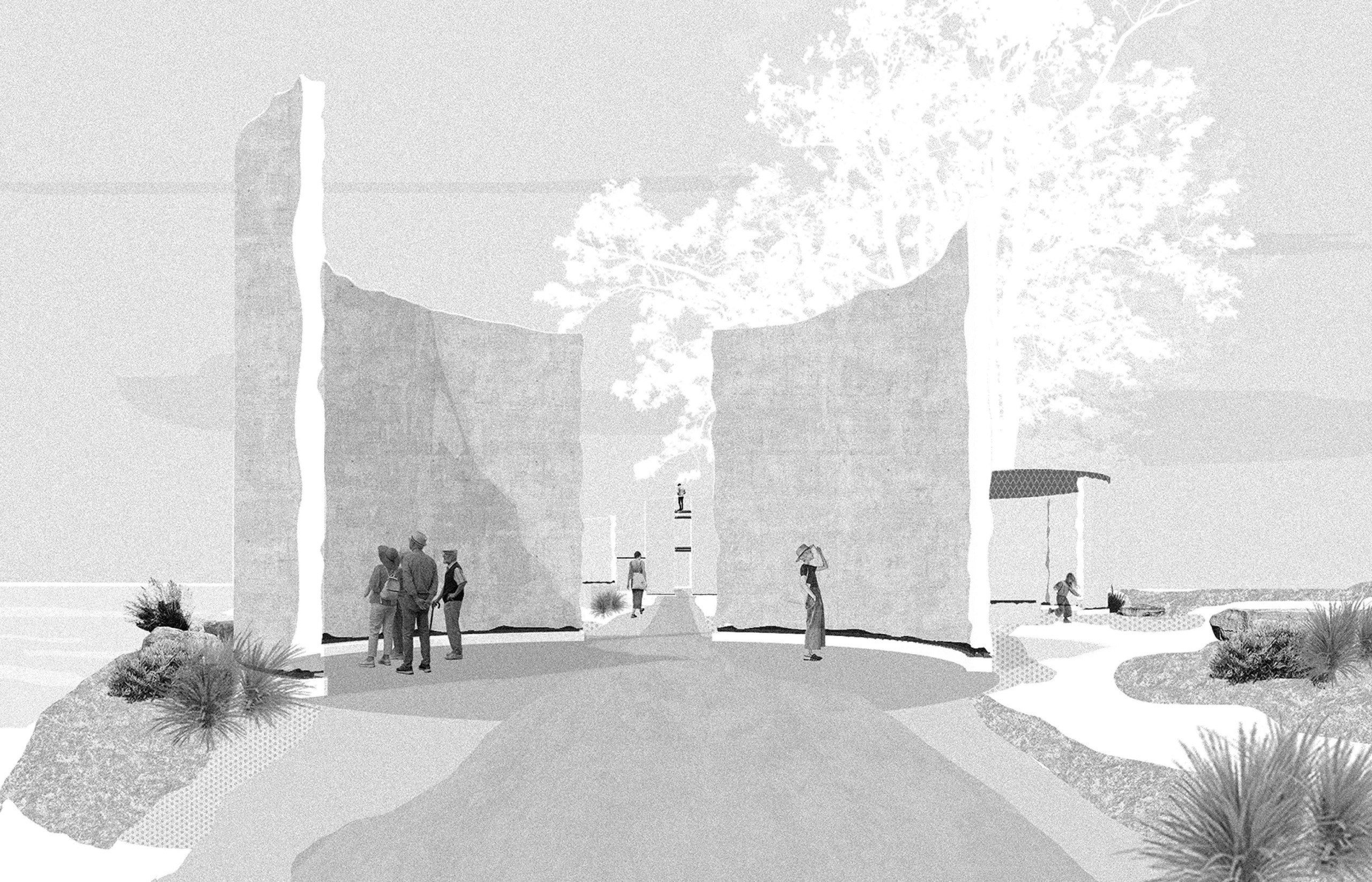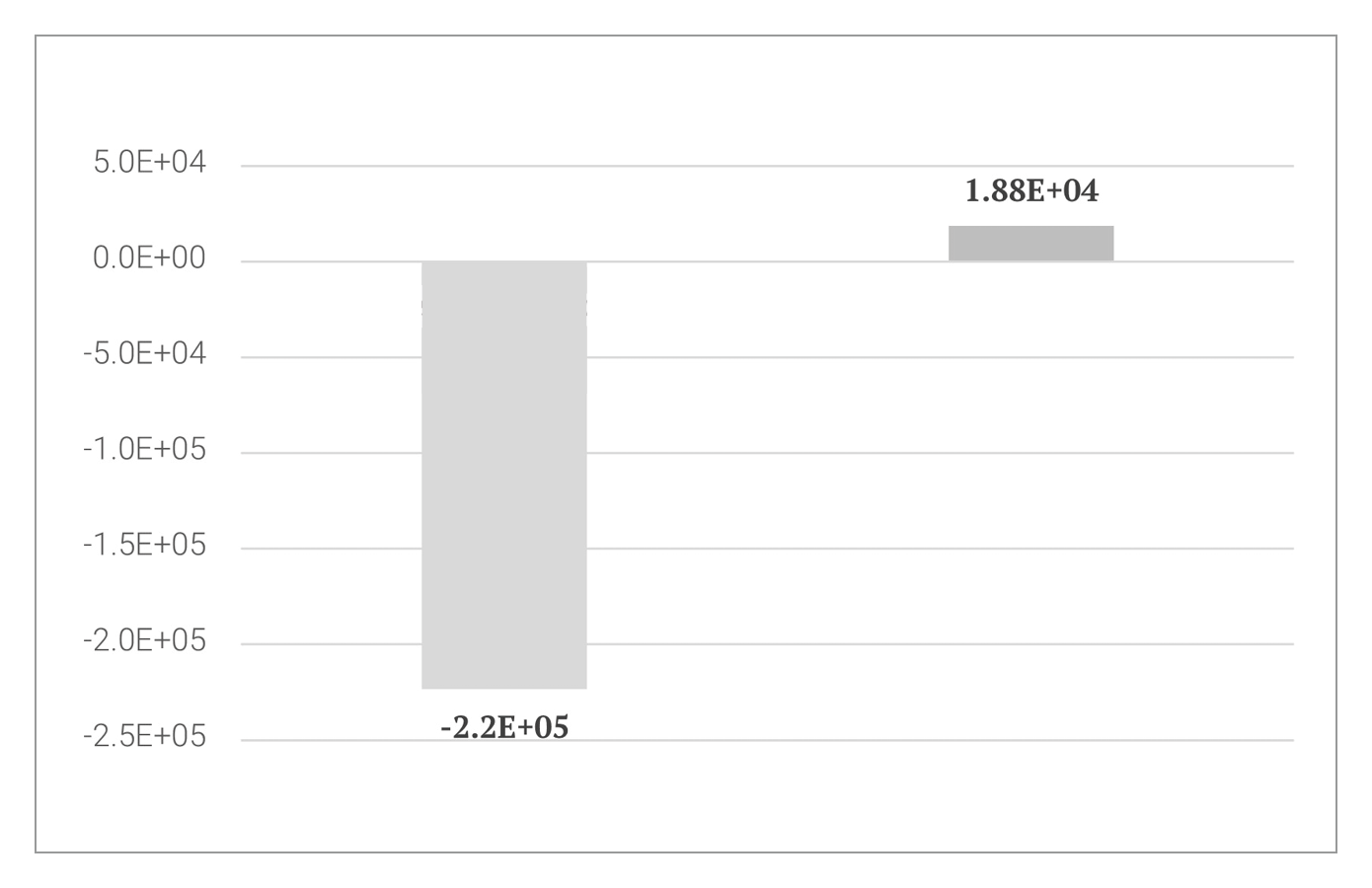- Florence Roy
- M. Arch
- Advanced architectural design (ARCH 676) and Directed research project (ARCH 683)
- Michael Jemtrud
- McGill University
- Canada Malting Co
- life-cycle assessment
- Circular Economy (CE)
- Deconstruction
- Material Reuse
- Industrial Heritage
Each year, construction, renovation, and demolition (CRD) activities generate over 3.5 million tonnes of waste in Quebec [1]. Rather than perpetuating the still-dominant linear model in the province (demolition, disposal, and reconstruction), this project explores the potential of deconstruction and material reuse.
The site at the heart of this study is the Canada Malting Co., a former malting plant located along the Lachine Canal. Abandoned for nearly 40 years and recently acquired by a developer, it now faces imminent demolition. To limit the waste that such an operation would produce, the project adopts a strategy of partial deconstruction aimed at transforming the ruin into a source of material.
The approach was structured in three phases: a digital reconstruction of the complex and an assessment of its current condition made it possible to identify the materials present and estimate their quantities. This Bill of Materials (BoM) then served as the basis for a deconstruction feasibility study, which identified recoverable components and led to the creation of a reuse inventory. Finally, a Life Cycle Assessment (LCA) was conducted to quantify the environmental benefits of this strategy compared to a demolition scenario.
The project proposes sorting and processing materials directly on site, followed by their transport by barge to five reuse locations along the canal. A first urban intervention, designed using sections recovered from the concrete silos, activates public space while framing views of the surrounding industrial structures. The remaining materials would be used to establish the first materials bank in Montreal, aimed at supplying future construction projects.
This project demonstrates how rethinking material flows can help reduce the environmental impact of architectural practice and revalue what is commonly considered as “waste.”
Discover Our Collaborators








- Arrondissement de l’Île-Bizard—Sainte-Geneviève
- Société d’habitation du Québec
- Building decarbonization alliance
- Pembina institute
- Québec BVI – Bâtiment vert et intelligent
- ReCover Initiative
- Retrofit Canada
- The Atmospheric Fund (TAF)
- Transition Accelerator
- Zero Emissions Innovation Centre
- If Then Architecture Inc.
- Minotair Inc.
- RG Solutions

